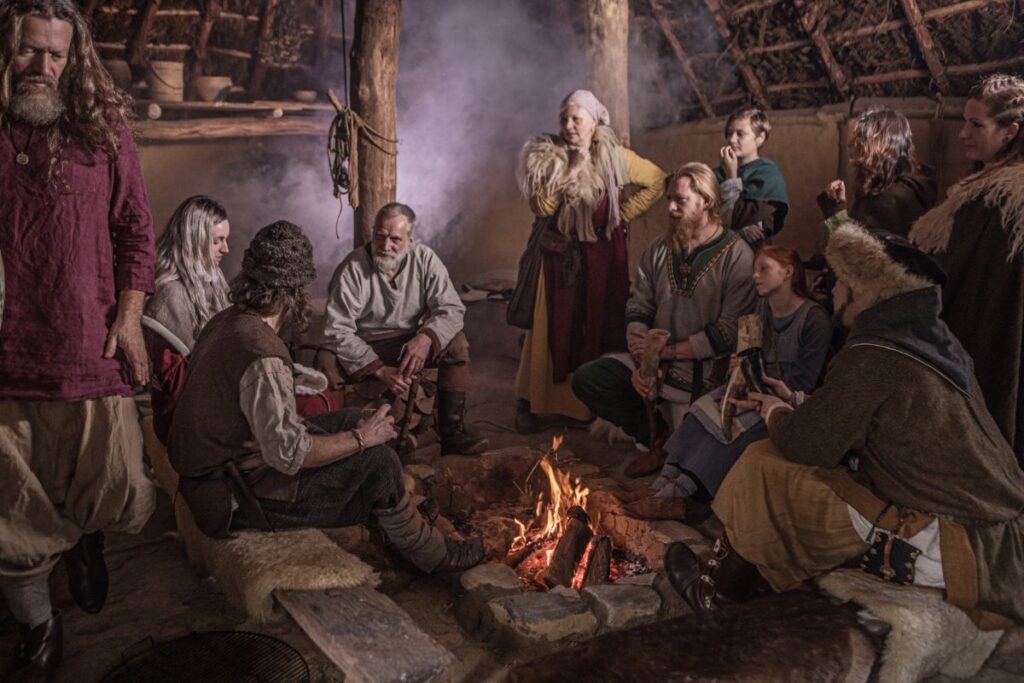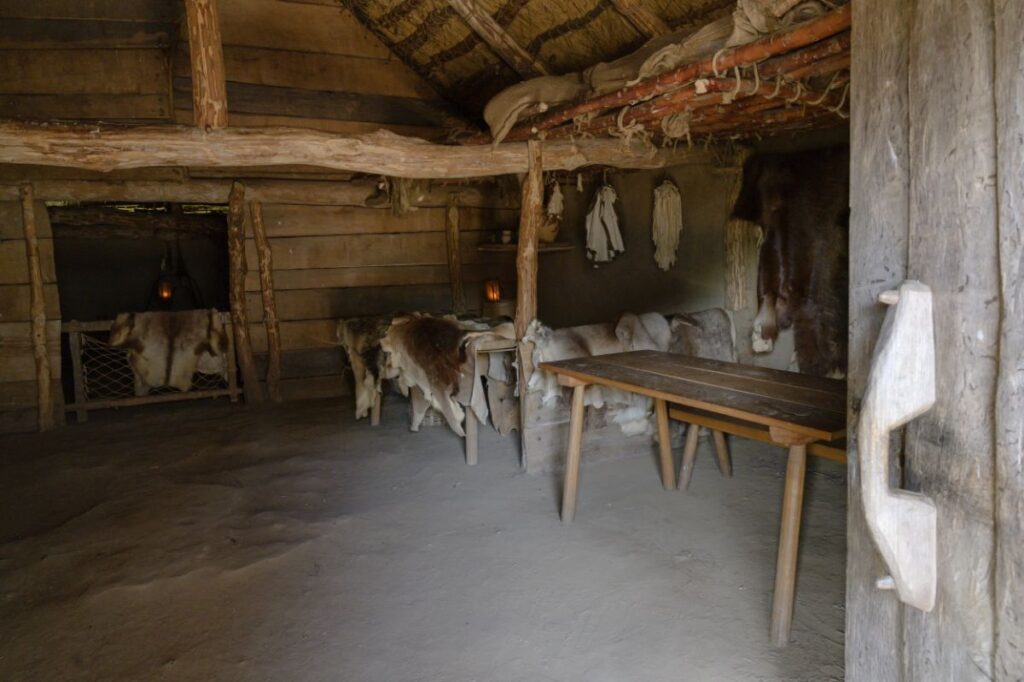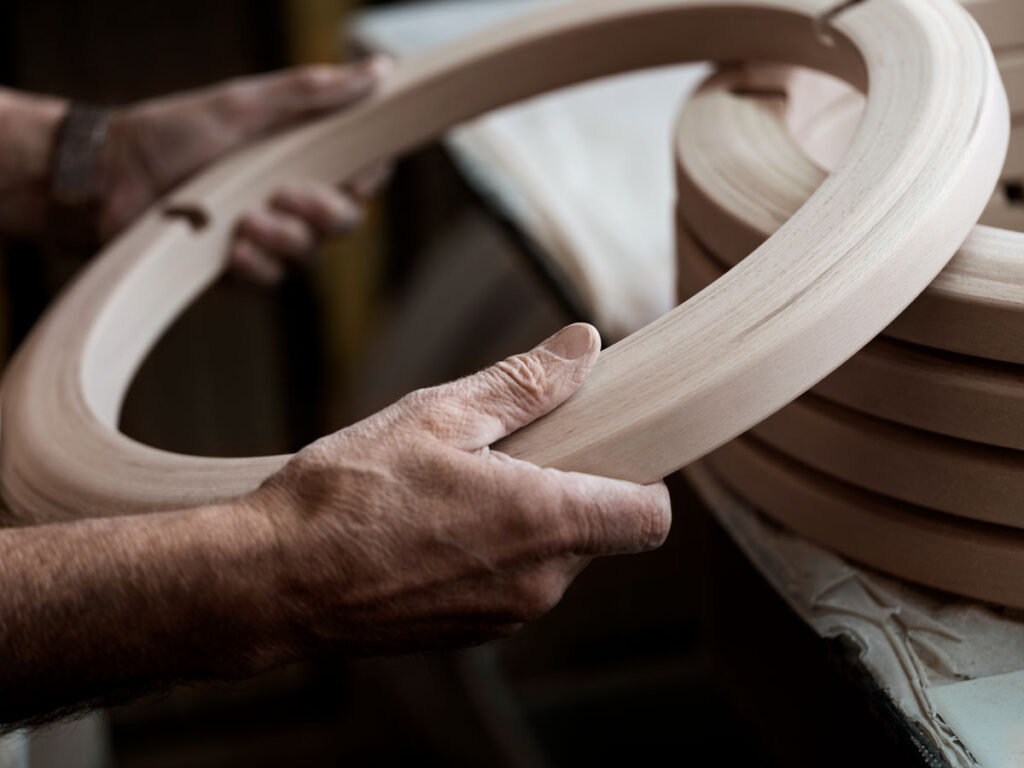Stressless Style
Stressless® Craftsmanship Is Rooted in Viking Heritage
At Stressless®, we seek to provide ultimate comfort, but what’s comfort without pristine craftsmanship and durability? Stressless® prides itself on providing customers with quality and sustainable furniture designed to last. Deeply rooted in our Scandinavian ancestry, the art of quality comfort is a process that has been perfected for generations, dating back to the Viking age.
Vikings in Scandinavia were renowned for their fine woodworking art. Their designs ranged from traditionally plain to uniquely complex, with detailed carvings and painted surfaces. Similar to modern craftsmanship, Viking woodworkers used a variety of wood species for building ships, villages and household items such as furniture. Furniture in Viking households usually consisted of handcrafted wooden chests, beds upholstered with animal skin and straw, and tables, with chairs, benches and stools serving as the most common seats.
Of the three variations of seats, wall benches were of utmost importance in the household. Benches were often made from maple or willow trees, cushioned with sheepskin and an earthen filling to provide the piece with stability and added mass. Wall benches were often located around the centerpiece of the house, the hearth (fire pit), where lounging, cooking, eating and some sleeping took place. Hence the name, wall benches also served as structural support of the home as they lined the perimeter of the interior walls.
The most popular type of seating during the Viking Age was the Lund Stool. Locally sourced wood was often used to make these three-legged stools, such as beech, oak and sweet chestnut, depending on geographical location. Unlike the typical stool today, the base of the stools resembled a shape similar to the letter “D” with one leg located at the center back and two legs at the front edge corners. The “D” shaped design was presumably made for easy transportation and to ensure stability and balance. These pieces were often found in workshops and homes.
A rare piece of Viking furniture used for seating was the chair. Most of the people who owned chairs in society were wealthy or of high social standing. At the end of the Viking Age, chairs began to appear in religious settings like churches. This era is generally characterized by the Oseberg Box Chair, which also dates back to the Medieval Age. The Box Chair was assembled from beech wood and styled in the shape of a box. For a robust and secure design that would last for years, the chair’s base was constructed from four rectangular boards, joined together at the corner post. As with modern chairs, the back of the chair had a slanted design to enhance reclining. In lieu of wood, the seat was made from woven cords to provide a more comfortable experience. Vikings often carved the rectangular bases as a picture frame and painted the central portions with polychrome paint to create a harmonious piece.
All three of these pioneering sources have been developed into a truly unique seating experience by Stressless®. Creating the world’s smartest and most comfortable furniture starts with understanding the basic craftsmanship of furniture functionality rooted in our Viking ancestry. Despite our modern furniture process, we still begin with a solid European beech wood core that creates a sturdy base and solid foundation. Modern advancements in technology, combined with five decades of trial-and-error has enabled Stressless® to transform basic furniture into luxury comfort that will last a lifetime. Discover your Stressless® dealer nearby to find an unforgettable seating experience rooted in Viking craftsmanship.



